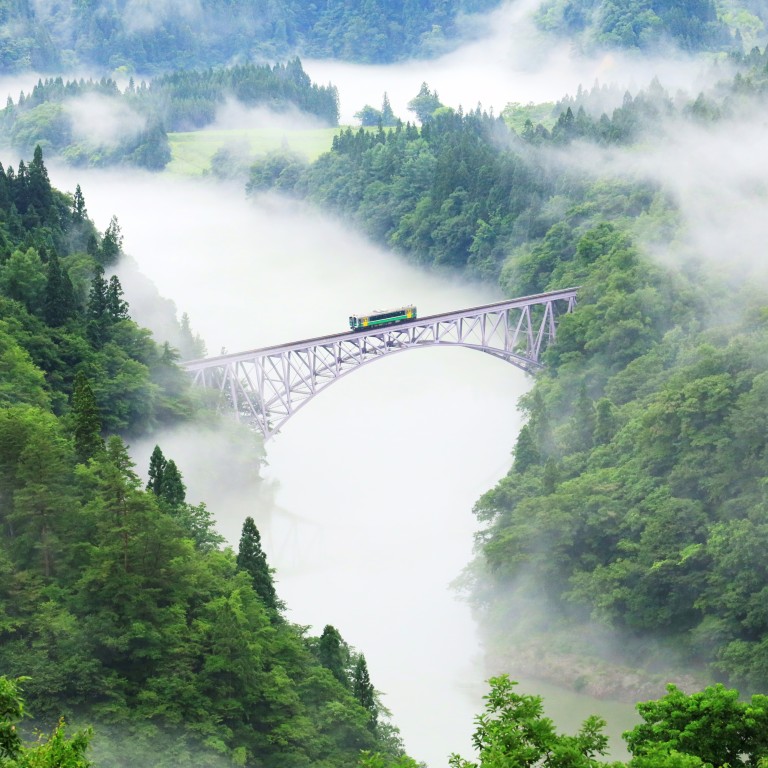
‘World’s most romantic railway’ in Japan and its sudden change in fortunes – thanks to a photographer and the Taiwanese
- The little trains on the Tadami Line chug through misty valleys and enchanted forests, but tourists used to be a rare sight on them
- A photographer triggered a surge of interest by exhibiting photos of the trains and the landscape online and in Taiwan
It’s barely 6am, yet already some 30 photographers are taking up positions on the No 1 Tadami River Bridge Viewpoint, high above the Tadami River. The sun hasn’t been up long enough to burn off the morning mist, which garlands the forested mountains surrounding the river.
Drifting river mists are a part of life along the Tadami as it flows through the Oku Aizu region of Japan’s Fukushima prefecture. According to local lore, shape-shifting mountain gods roam inside the mist.
All lenses are focused on the elegantly arched bridge below, not to picture gods but something more tangible. With exquisite punctuality emerges a green and white train, just two carriages long, from the forest. The calm erupts with the rapid chatter of dozens of cameras set on continuous shooting mode.
The Tadami railway line runs for 135km (84 miles) through the Tohoku region, the northernmost part of Japan’s main Honshu island, connecting the castle town of Aizu Wakamatsu, in Fukushima, with Koide, in Niigata Prefecture. Prone to some of Japan’s heaviest snowfalls, the region’s mountains, forests and lakes inspired haiku poet Matsuo Basho, who described them in his book The Narrow Road to the Deep North (1689).

Tohoku is an ideal destination for those seeking to get back to nature and escape the crowds one normally associates with Japan. A meagre 2 per cent of the country’s foreign visitors in 2019 ventured this far. If at all, most foreigners know Fukushima – one of the six prefectures that make up Tohoku – only as the site of the earthquake and tsunami that devastated parts of the region in March 2011.
Although Oku Aizu was spared the effects of the earthquake, that same year it suffered severe storms, triggering floods that destroyed three of the bridges along the Tadami Line. Given the cost of repairing them, coupled with the area’s shrinking population, the authorities concluded that restoring the bridges was not viable. Many local residents too were unwilling to have their taxes spent on the repairs.
Even now, six stations remain closed following the flood damage, forcing passengers to get off the train and take an hour-long bus ride along the section between the towns of Aizu Kawaguchi and Tadami. If tourists had been rare before the floods, afterwards they were in danger of becoming extinct altogether, leaving Oku Aizu to languish in the mists of the Tadami River, another forgotten backwater.
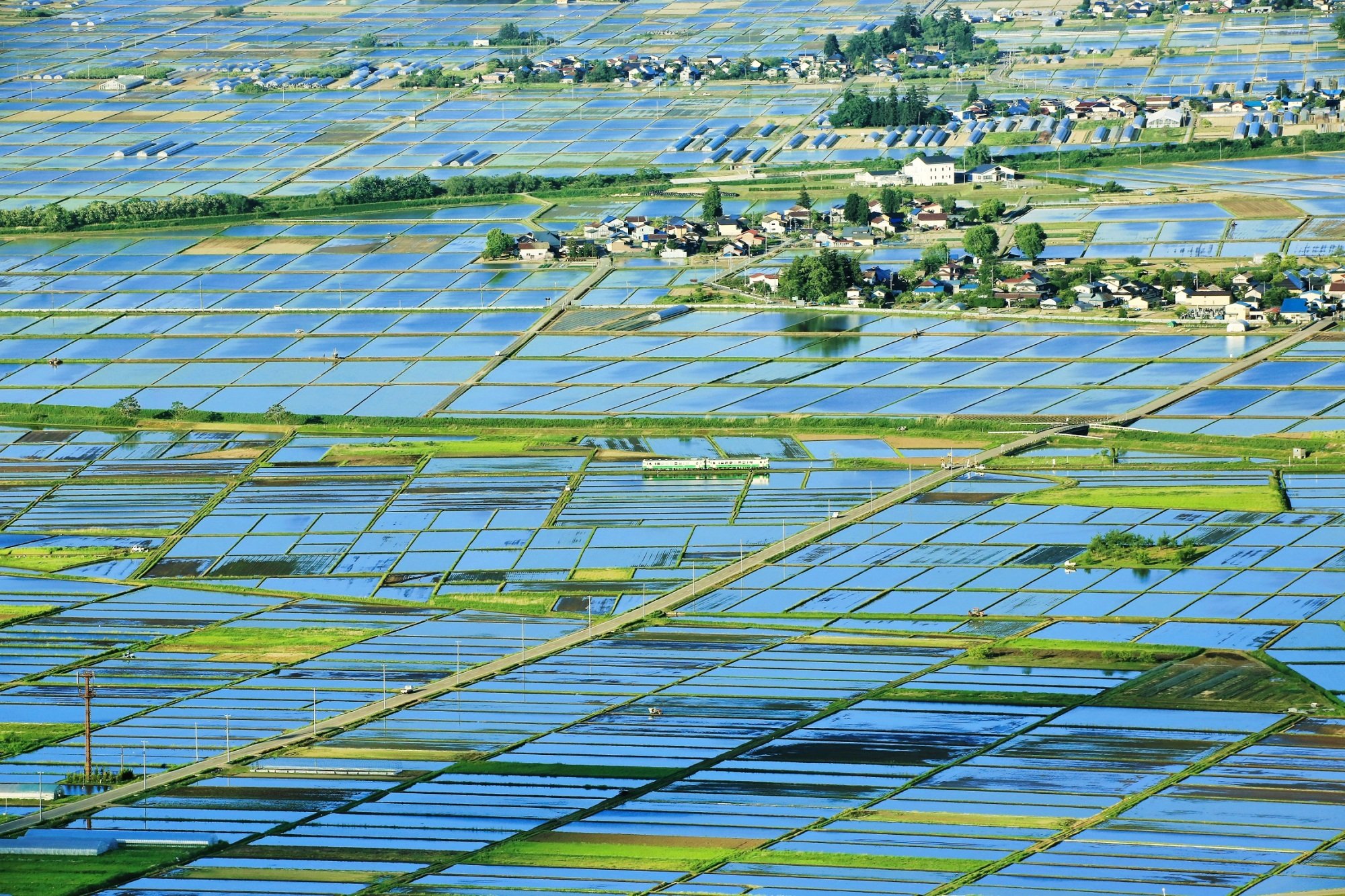
But then a remarkable thing happened.
Ken Hoshi had long been convinced the region had enormous tourist potential. The 70-year-old local has been photographing the Oku Aizu area 300 days a year for 25 years, often capturing the sight of the little Tadami train chugging through misty valleys, enchanted forests and towering mountains against an ever-changing backdrop of deep winter snows, spring cherry blossoms, summer mists and fiery autumn foliage. Hoshi began posting his photos on Facebook and then visited Taiwan to exhibit his photos and promote his homeland. The response was staggering.
“There used to be basically no one, other than the locals, walking around the streets of Oku Aizu,” Hoshi explains, via email. “Recently [before international travel was brought to halt by the coronavirus pandemic], however, we’ve begun to see not only Japanese visitors but even people from abroad.”
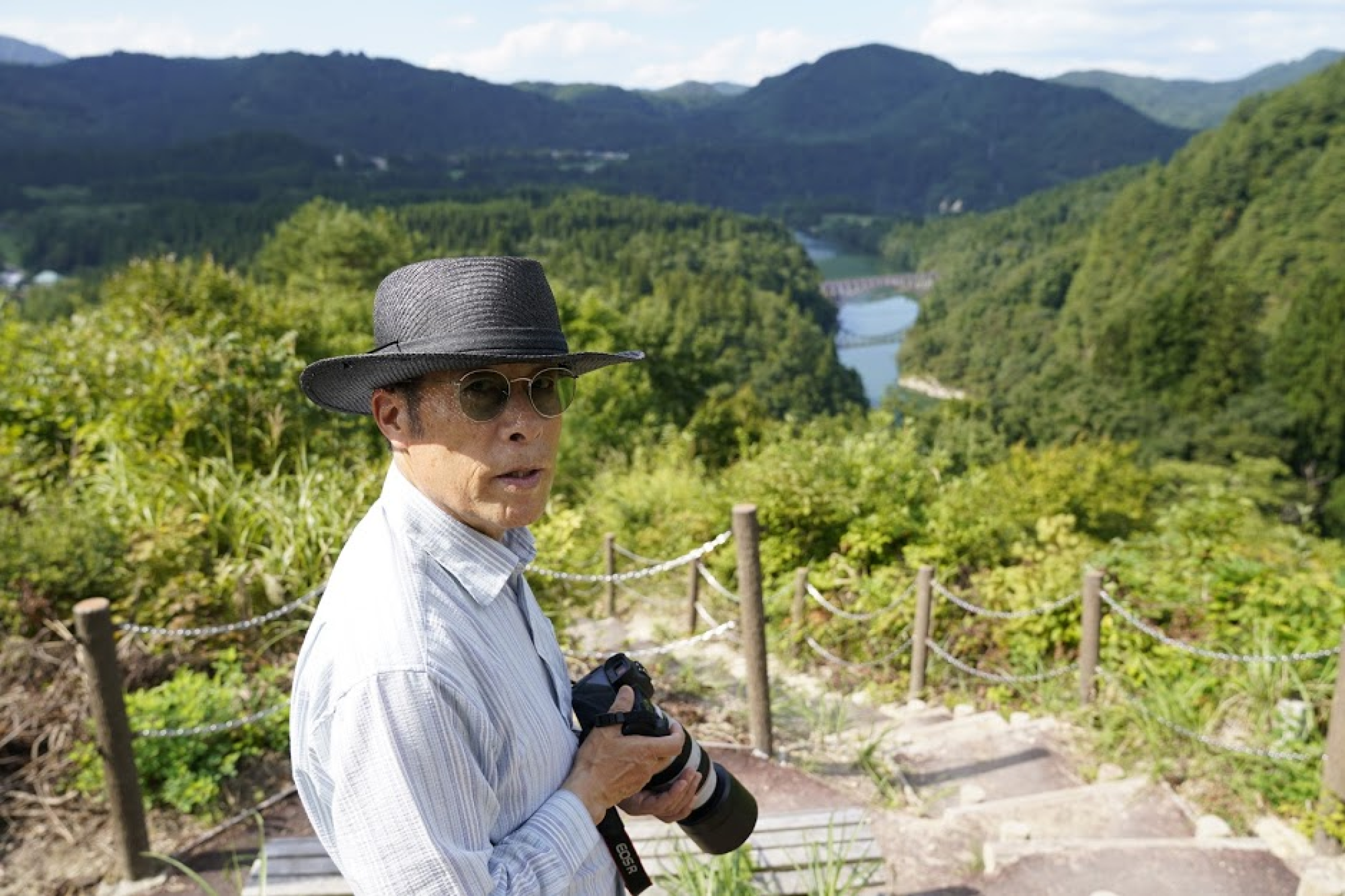
Many of those visitors came from Taiwan and it was the Taiwanese who coined the title “the world’s most romantic railway”, which first appeared on Weibo and stuck.
“I am forever grateful to the people of Taiwan,” Hoshi says. “Many of them have visited us more than 10 times.”
Thanks to this explosion of public interest, the local authorities have come to share Hoshi’s vision of revitalising the area through tourism, and Japan Railway East has decided to repair the Tadami Line. It will be fully operational by late 2022. There are also plans to install new viewpoints along the line, to make the spectacular scenery more accessible, including at bridges number 5, 6 and 7, once they are repaired.
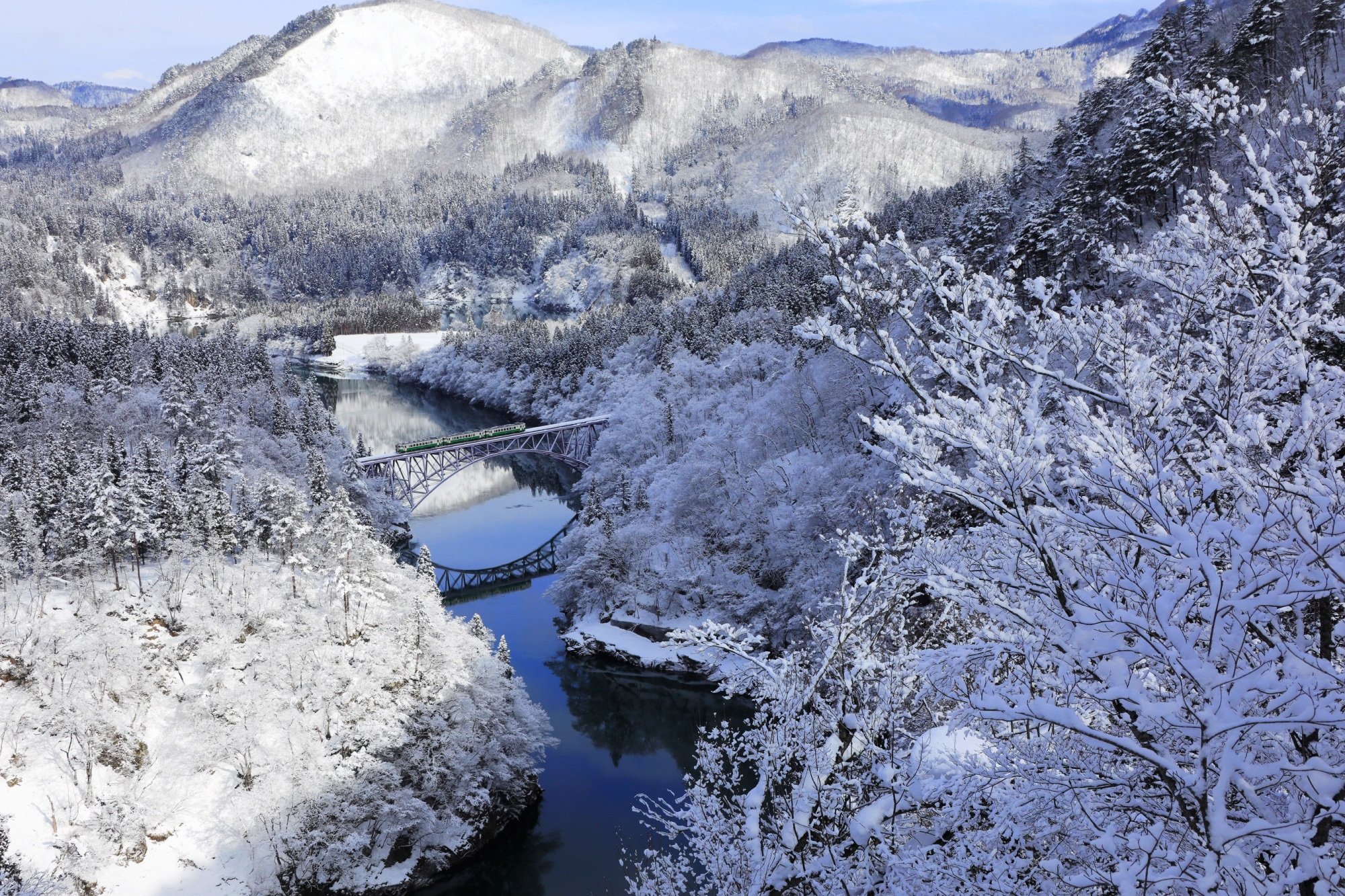
Hoshi’s initiatives will be featured in a documentary about the Tadami Line, by director Wataru Abiko, scheduled for release this summer in Japan and at Taiwanese film festivals. Not that Hoshi considers himself a railway buff.
“I photograph the Tadami Line not because I like trains but because I want to promote the beautiful scenery of Oku Aizu,” he says. “The area was hard hit by the economic reforms of the early 2000s. The number of jobs here dropped to nearly one-tenth of the previous level. In order to reinvigorate this region, we had to entice people here somehow. I was sure that these beautiful landscapes were powerful enough to bring a lot of visitors here.”
Having successfully lobbied local authorities to build steps to the No 1 Tadami River Bridge Viewpoint, which is built into a hill outside the town of Mishima, about 500 metres away from the crossing, Hoshi is pressing them to install an elevator too, so that people of all ages can enjoy the view, especially when the scene is covered with snow.
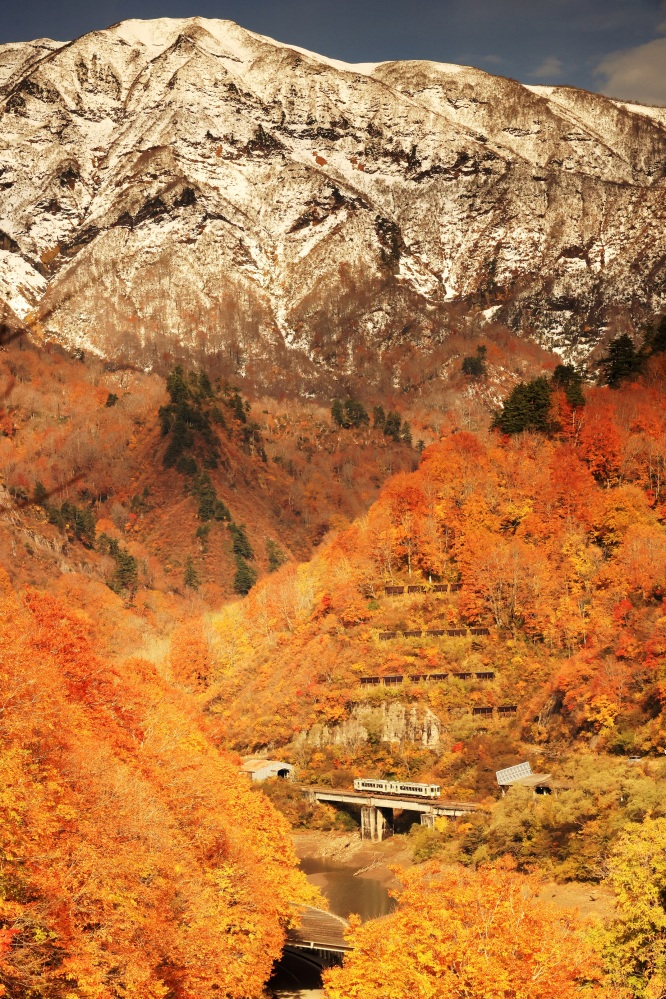
Hoshi has also relaunched a traditional flat-bottomed ferryboat service along the Tadami River.
Families in Mifuke, where Hoshi grew up, all had their owns boats, which they used to go to school, to work and shopping. But in 1964 a landslide destroyed the village.
Hoshi thought it would be a great idea to recreate the experience for tourists. He won over some other ex-Mifuke residents and eventually obtained a subsidy from the Fukushima government to fund his project. He enlisted a local carpenter who knew how to build boats the traditional way. Now, Hoshi and other local men volunteer as boatmen during the summer, taking visitors to and fro between the town of Hayato and the ghost village.
“I wanted to offer visitors different ways to enjoy Oku Aizu, other than just viewing the scenery or taking photos. I wanted to offer them an activity that’s only available here. So, I picked the traditional ferry boat service I used to use as a child. It takes visitors along the magical, misty river.” Hoshi named the ferry service Mugenkyo no Watashi (“ferry across the magical misty gorge”).
Oku Aizu boasts other unique attractions. Mishima is a member of the Les Plus Beau Villages de la Terre (the Most Beautiful Villages in the World Network) and Aizu-Wakamatsu, known as Samurai City, was once home to 15,000 military nobles. Forest bathers hike in the beech forests around Tadami, which was added to Unesco’s list of protected biospheres in 2014, and Lake Numazawa – a huge caldera lake formed by multiple volcanic eruptions – is a serene spot in which to kayak or camp.

This year, assuming they go ahead, the rescheduled Tokyo Olympics will coincide with the 10th anniversary of the Fukushima quake-tsunami tragedy. The government has dubbed them the Olympic Games for Recovery, referring to the regeneration of Tohoku. According to the plans, the Olympic torch relay will begin in Fukushima and pass through some of the worst-hit areas, bringing the region’s scenery into millions of homes around the world.
Its wide-open spaces, sparse population and pristine nature should make Tohoku a serious contender in times of social distancing.

